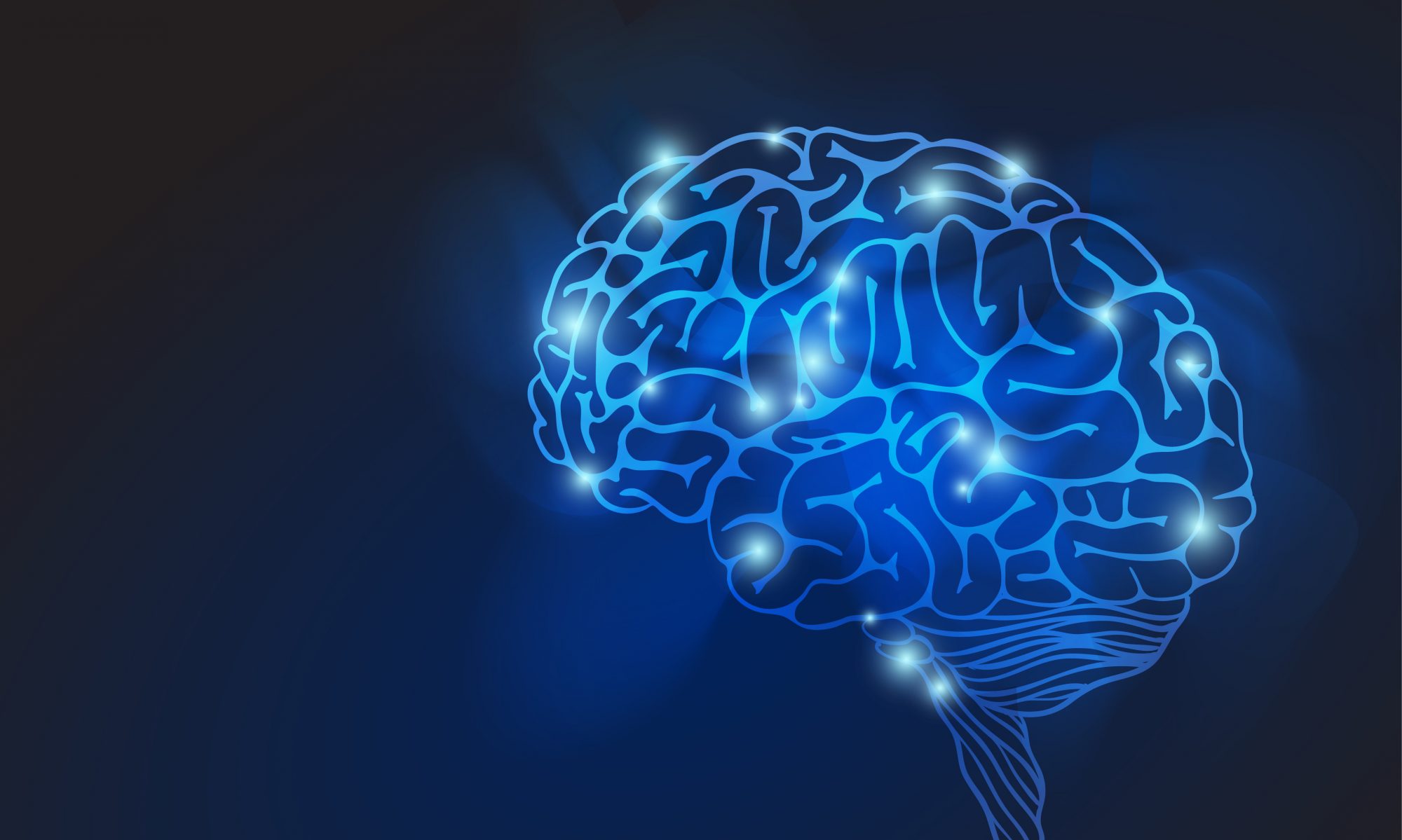 Jennie Gardner joined the program on January 1, 2021, while a third-year student, and is expected to graduate in 2024. Her graduate program is psychology and she completed her undergraduate degree in psychology at the University of Illinois at Urbana-Champaign. Her current research in cognitive neuroscience focuses on the effects of exercise on adult hippocampal neurogenesis and improved cognitive performance, specifically the relative contributions of muscle contractions versus acute neuronal activation of the hippocampus associated with physical activity. She is completing lab rotations under the advisement of Justin Rhodes and Taher Saif.
Jennie Gardner joined the program on January 1, 2021, while a third-year student, and is expected to graduate in 2024. Her graduate program is psychology and she completed her undergraduate degree in psychology at the University of Illinois at Urbana-Champaign. Her current research in cognitive neuroscience focuses on the effects of exercise on adult hippocampal neurogenesis and improved cognitive performance, specifically the relative contributions of muscle contractions versus acute neuronal activation of the hippocampus associated with physical activity. She is completing lab rotations under the advisement of Justin Rhodes and Taher Saif.
Gardner has taken the Special Topics in MBM course and participated in other trainee activities such as the annual MBM Retreat, Summer Journal Club readings/discussion meetings, and Frontiers in Miniature Brain Machinery lectures. Her community outreach activities include the Beckman Virtual Open House in March 2021 (see videos below). She began serving on the MBM Student Leadership Council in January 2021 and led the other trainees to schedule sessions for the 2021 MBM Summer Journal Club. She is currently mentoring two undergraduate psychology students on their honors theses.
In the spring of 2021, Gardner participated in the Reach Out Science Communication Challenge virtual workshop, the Research Live! Presentation competition at Illinois, and participated in the nationwide Virtual Research Networking Event for NRT Trainees. In October 2021, she attended a Diversity Across STEM lecture by Harvard professor Evelynn Hammonds via EBICS.
Beginning in January 2022, Gardner will change the direction of her research to hippocampal research involving human subjects, working with Monica Fabiani and Gabriele Gratton. This excellent opportunity will unfortunately bring an end to her traineeship in the MBM Program. However, she will remain a valued member of the MBM family and we wish her all the best in her future endeavors.
Research Highlights (in her own words, Fall 2021):
I have been working primarily on determining the underlying mechanisms of exercise-induced adult hippocampal neurogenesis by focusing on the brain activation hypothesis. The primary aim of this project is to determine whether hippocampal activation alone, in a pattern that mimics wheel running but in absence of exercise, is sufficient to induce adult hippocampal neurogenesis. This project has involved three primary components: permanently labelling the cells activated during wheel-running so that they can be reactivated using optogenetics, quantifying the numbers of activated cells resulting from the optogenetic treatment, and quantifying the numbers of newly born neurons resulting from the optogenetic treatment.
In order to address the first component of this experiment, I am using the Cre-Lox system to produce transgenic mice. In order to permanently label any neurons activated during wheel running that can then be subsequently re-activated using optogenetics, the mice were placed on running wheels and allowed to run for a total of 10 days while having access to a tamoxifen diet for the last 6 days of running (WR; n=9). Sedentary animals were also fed a tamoxifen diet for 6 days in order to determine whether wheel running resulted in more DG activation (SED; n=2). By using this protocol, I was able to successfully label activated cells with m-citrine and quantify them. As a result, I found that total wheel running distance was positively correlated with m-citrine+ cells (F1,9 = 5.97, p = 0.04). There was also a significant effect of DG region (F1,9 = 8.15, p = 0.02) with the dorsal DG having more m-citrine+ cells than the ventral DG (F1,9 = 14.1, p = 0.005). Although the average number of m-citrine+ cells was 10-fold higher in the WR group compared to the SED group, the ANOVA results were not significant due to a large variation in the amount of running in the WR group and a small sample size in the SED group (F1,9 = 3.6, p = 0.09).
In order to address the second and third components of this experiment, mice with previously labeled DG neurons underwent 28 days of optogenetic stimulation with BrdU injections occurring during the first 10 days in order to label any newly formed neurons that survived until the end of the study. The experimental mouse had a red uLED implanted into its DG (n = 1), while the control mouse had an inactive (mock uLED) implanted into its DG (n = 1). c-Fos was used as a marker to assess activation resulting from the optogenetic treatment. As a result, I found that the experimental mouse with the red uLED had increased activation in terms of number of c-Fos+ cells in sections of the DG containing the needle trace compared to those that did not. The control mouse showed no differences in c-Fos+ cells in DG sections containing the needle trace compared to those without the needle trace. This result implies that the optogenetic treatment increased DG activation in a localized area of the DG.
In terms of quantifying any changes in neurogenesis resulting from the optogenetic stimulation, I compared total numbers of BrdU+ cells in sections of the DG containing the needle trace with the corresponding sections of the DG in the opposite hemisphere. Surprisingly, despite an increase in activation in sections of the DG containing the needle trace, there were actually less BrdU+ cells in the sections of the DG that contained the needle trace compared to those in the opposite hemisphere for the treatment mouse. In the control condition, there were no significant differences in BrdU+ cell numbers between hemispheres. This suggests that, for the treatment condition, although the implantation of the red uLED was able to increase acute activation in neurons close to the uLED, the damage caused to the tissue by the implanted uLED actually inhibited neurogenesis.

